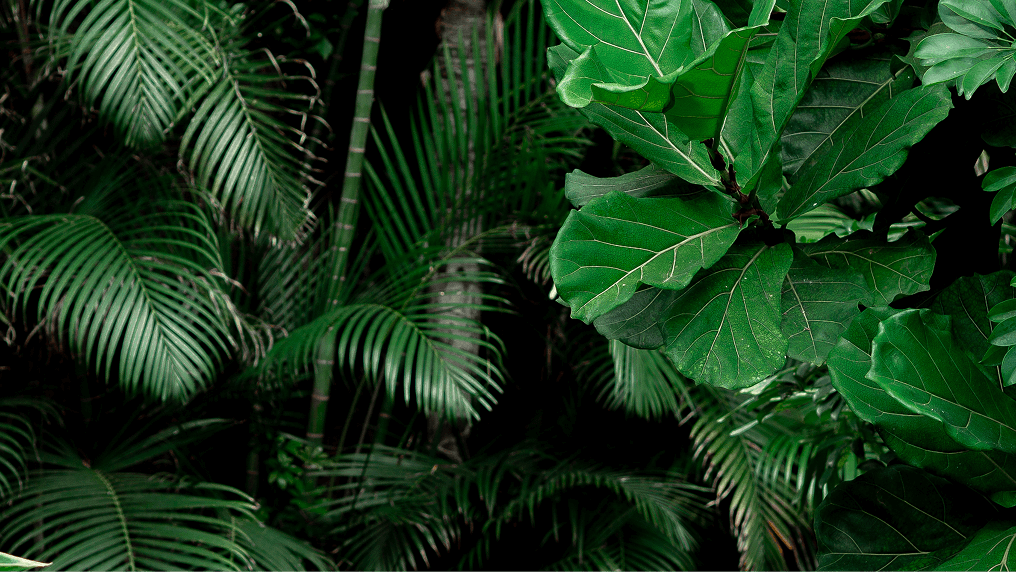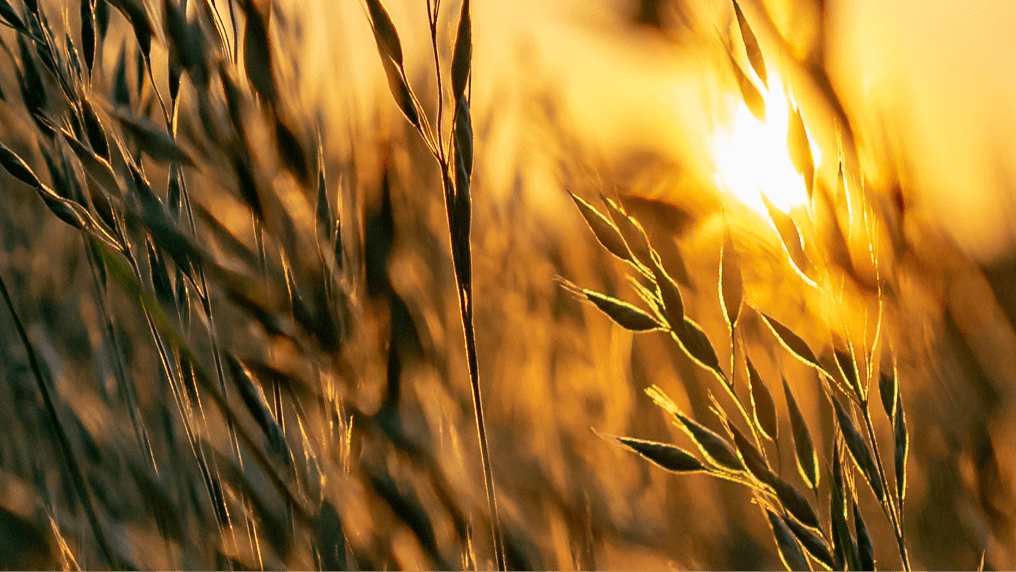In public discussion, the circular economycircular economyA systems solution framework that tackles global challenges like climate change, biodiversity loss, waste, and pollution. It is based on three principles, driven by design: eliminate waste and pollution, circulate products and materials (at their highest value), and regenerate nature. is often described as a way to allow technical products and their components to be used as endlessly as possible. But we can't forget about the biological cyclebiological cycleThe processes - such as composting and anaerobic digestion - that together help to regenerate natural capital. The only materials suitable for these processes are those that can be safely returned to the biosphere. - how does it work when we come to the system that sustains life: agriculture? In this episode, Hunter Lovins argues that we need a 'circular economy of the soil' to feed a growing population, restore soil quality and ultimately reconcile farming systems with natural cycles. L. Hunter Lovins is President of Natural Capitalism Solutions (NCS) and is co-author of _Natural Capitalism: The Next Industrial Revolution.

The Circular Economy Show Podcast
The Circular Economy Show Podcast explores the many dimensions of what a circular economy means, and meets the people making it happen. Each week our hosts are joined by experts from across industry, governments and academia to learn more about how the circular economy is being developed and scaled.







